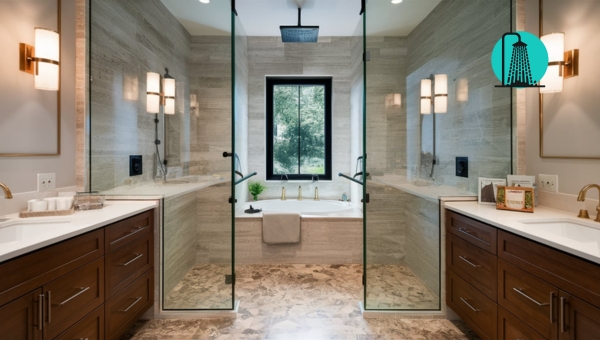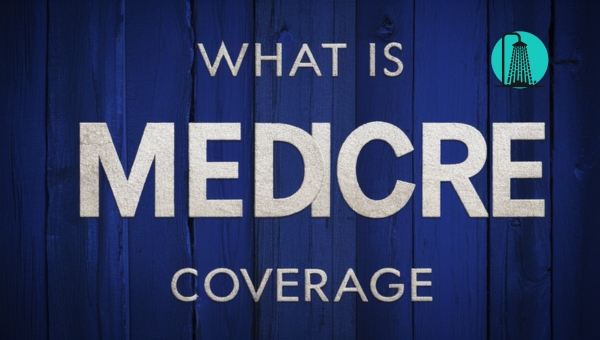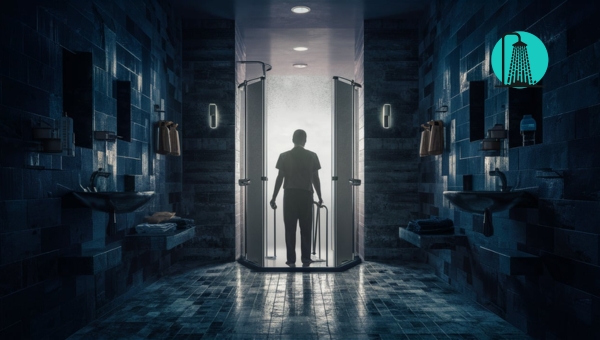Is Medicare Coverage Available for Walk-In Showers? Find Out Now


Imagine stepping into a warm, soothing shower without the worry of slipping or struggling. For many seniors, a walk-in shower offers not just comfort but also safety and independence. As we age, the desire for such a convenient home upgrade becomes more pressing.
But here’s where it gets tricky: Will Medicare cover the cost of a walk-in shower? It’s a question that concerns many, especially those eager to maintain a comfortable lifestyle without financial strain. In this article, we’ll explore the ins and outs of Medicare’s coverage on walk-in showers.
Medicare is a federal health insurance program in the United States that primarily serves people aged 65 and older, although it also extends coverage to younger individuals with specific disabilities or health conditions.

It comprises different parts, each designed to address various medical needs.
Part A covers hospital stays, nursing care, and some home healthcare. Part B focuses on outpatient care, such as doctor visits and preventive services. Additionally, there’s Part C, known as Medicare Advantage, which offers an all-in-one alternative to the traditional plan, and Part D, which covers prescription drugs.
When getting into the question of whether Medicare will cover the cost of a walk-in shower, it’s important to note that Medicare coverage is generally limited to services that are medically necessary. Unfortunately, home modifications like walk-in showers often fall outside the scope of what Medicare traditionally covers.
This is because these modifications are usually viewed as home improvements rather than direct medical needs. However, there can be exceptions if the modification is deemed medically necessary by a healthcare provider for the patient’s health and safety.
It’s crucial for individuals exploring this option to consult with healthcare professionals and Medicare representatives to fully understand the potential for coverage under specific circumstances.
Also Read: 14 Walk-In Shower Design Ideas for Effortless Entry and Elevated Style
When it comes to understanding Medicare’s coverage criteria for walk-in showers, there are specific factors to bear in mind. Medicare is primarily focused on covering items and services that are considered medically necessary.

It’s important to note that walk-in showers are generally not seen as medical necessities. However, there are situations where exceptions might apply. For a walk-in shower to be covered, a doctor must deem it essential for the individual’s health.
Additionally, the need for a walk-in shower has to be supported by a medical condition or disability that significantly affects mobility. Here’s a quick rundown of the criteria:
While Medicare coverage can be a bit complex, understanding these criteria can help in assessing whether a walk-in shower might be eligible for coverage.
When considering the financial side of installing a walk-in shower, one might wonder about the possibility of reimbursement. Medicare typically does not cover home modifications like walk-in showers. However, there are certain instances where partial reimbursements might be available.

Here’s what you need to know:
Exploring these avenues can help in understanding the potential for financial aid in making this significant home improvement.
When it comes to finding financial help for walk-in showers, there are several alternative options available that might be of interest. These options can be especially helpful if Medicare doesn’t cover all your needs. Let’s take a look at some possibilities you can explore:
Exploring these options could open up new avenues for securing the financial aid you need for a walk-in shower. Don’t hesitate to reach out to these resources for more information and guidance.
Also Read: Small Bathroom Remodel Walk-In Shower Design
Filing a claim with Medicare for a walk-in shower might seem tricky, but with the right steps, it becomes manageable. Here’s a simple guide to help you through this process:
By following these steps, you can navigate the claim process more easily and improve your chances of approval. Remember, being organized and thorough is key.
When pondering the question, “Will Medicare Cover the Cost of a Walk-In Shower?” it’s clear that understanding Medicare’s policies is crucial. While Medicare typically doesn’t cover these showers, knowing the criteria and exploring alternative financial options can make a significant difference.
It’s important to carefully assess your needs and options to find the best solution for your situation. By taking proactive steps and exploring other assistance programs, you can better navigate the process. If you found this information helpful, explore more insightful guides and tips on our site. Stay informed and empowered with our latest articles!